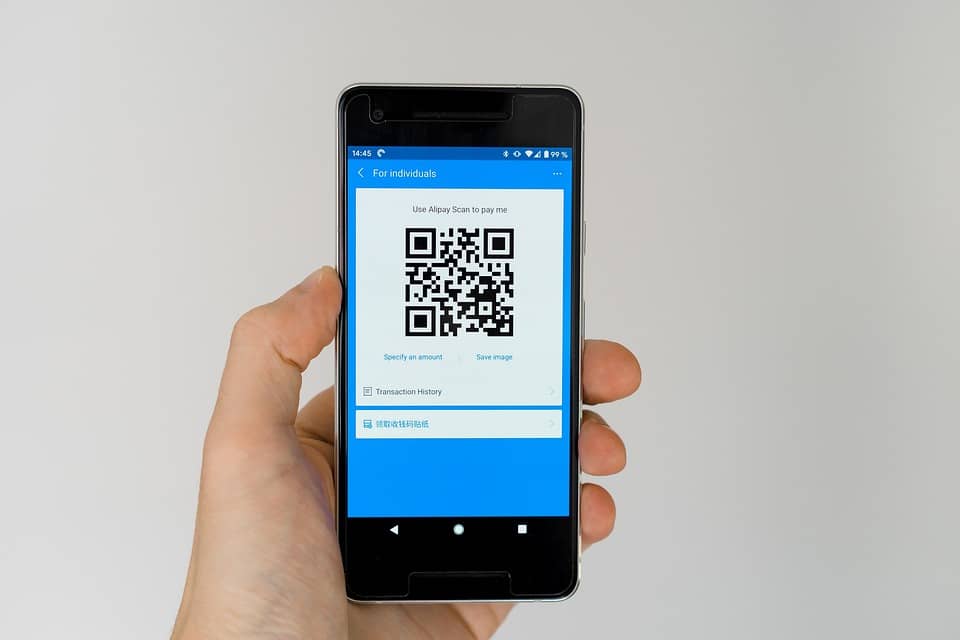The Rise of Contactless Payments: How to Keep Your Transactions Secure in 2024
The world is becoming increasingly digital, and contactless payments are revolutionizing the way we make transactions. With the rise of smartphones, wearables, and digital wallets, making payments has become faster, easier, and more convenient than ever. However, as the demand for contactless payments grows, so do concerns about security and safety. In this article, we’ll delve into the world of contactless payments, explore the benefits and risks, and provide you with expert tips on how to keep your transactions secure in 2024.
What are Contactless Payments?
Contactless payments refer to transactions made without physically swiping or inserting a card into a payment terminal. Instead, customers use their devices, such as smartphones, watches, or fobs, to make payments by tapping or holding them near the payment terminal. This technology is based on radio-frequency identification (RFID) or near-field communication (NFC) technologies.
Benefits of Contactless Payments
- Convenience: Contactless payments eliminate the need for cash, credit cards, and receipts, making transactions faster and more convenient.
- Security: Contactless payments reduce the risk of card skimming, as customers don’t have to physically handle their cards or enter their card information.
- Time-saving: With contactless payments, customers can quickly and easily make transactions without having to stop and start over.
- Increased flexibility: Contactless payments allow customers to make purchases from anywhere, at any time, as long as they have a compatible device.
Risks and Security Concerns
- Data breaches: Contactless payments involve storing and transmitting sensitive data, making it vulnerable to cyber attacks and data breaches.
- Hackers: As with any digital payment method, contactless payments are susceptible to hacking and phishing attacks.
- Misuse of stolen data: Stolen data can be used for fraudulent activities, such as creating fake cards or making unauthorized purchases.
- Physical vulnerabilities: Contactless payment devices, such as wearables, can be lost, stolen, or damaged, exposing sensitive information.
How to Keep Your Contactless Payments Secure
- Use a secure device: Ensure your device is updated with the latest security patches and is protected with strong passwords and biometric authentication.
- Enable two-factor authentication: Use two-factor authentication to add an extra layer of security to your contactless payments.
- Monitor your accounts: Regularly check your account statements for suspicious transactions and report any errors or discrepancies to your bank.
- Use a reliable payment method: Choose a payment method that uses end-to-end encryption and secure tokenization, such as Apple Pay or Google Pay.
- Cover your device: When making a contactless payment, cover your device with your hand to prevent others from attempting to scan it.
- Use a password manager: Use a password manager to generate and store complex passwords for your devices and payment methods.
- Back up your data: Regularly back up your device and data to prevent data loss in case of a hack or device theft.
- Be cautious with public Wi-Fi: Avoid making contactless payments over public Wi-Fi networks, as they can be vulnerable to hacking.
Conclusion
As contactless payments continue to grow in popularity, it’s essential to prioritize security and safety to protect your sensitive information. By following the expert tips outlined above, you can enjoy the convenience of contactless payments while minimizing the risks. Remember to always monitor your accounts, use secure devices, and stay informed about the latest security best practices.
FAQs
Q: Are contactless payments secure?
A: Contactless payments are secure, but they’re not invincible. Cyber attacks and data breaches are possible, so it’s essential to take steps to protect your information.
Q: How do I keep my contactless payments secure?
A: Follow the expert tips outlined above, including using secure devices, enabling two-factor authentication, monitoring your accounts, and using a reliable payment method.
Q: What are the risks of contactless payments?
A: The risks of contactless payments include data breaches, hackers, misuse of stolen data, and physical vulnerabilities.
Q: Can I still use cash?
A: Yes, you can still use cash, but cashless payments are becoming increasingly popular due to their convenience and ease of use.
Q: Will contactless payments replace traditional credit cards?
A: Contactless payments are not expected to replace traditional credit cards entirely, but they will certainly become a dominant form of payment in the near future.
By understanding the benefits and risks of contactless payments, you can make informed decisions about how to use this convenient and secure payment method.

Leave a Reply